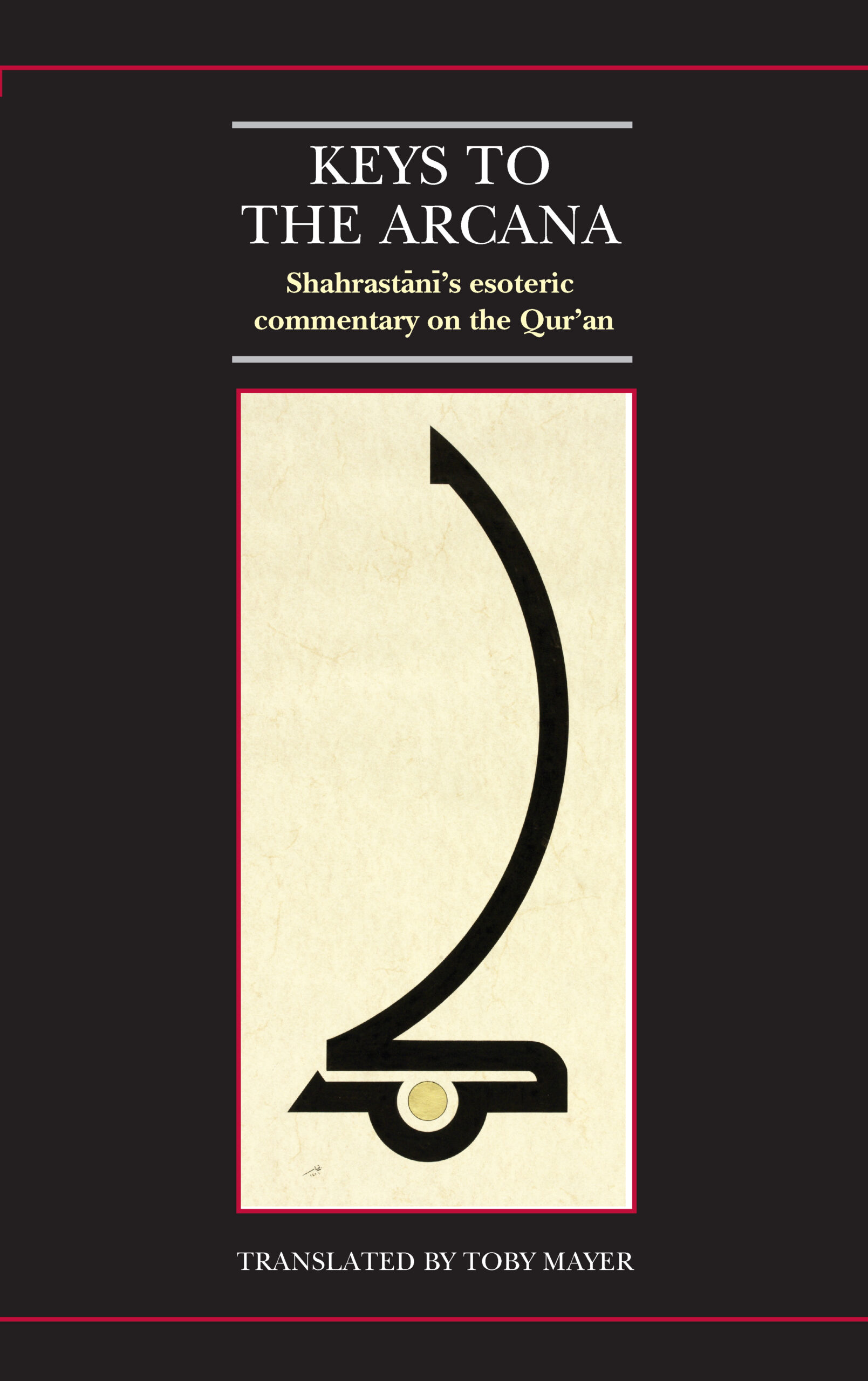This remarkable twelfth-century Qur’anic commentary by Muḥammad b. ʿAbd al-Karīm al-Shahrastānī is preserved in a single manuscript in Tehran and marks the achievement of a lifelong, arduous quest for knowledge. The introduction and opening chapter of this virtually unknown work are presented here in a bilingual edition with an introduction and contextual notes by Dr Toby Mayer. In Keys to the Arcana, Shahrastānī breaks down the text of the Qur’anMuslims believe that the Holy Qur’an contains divine revelations to the Prophet Muhammed received in Mecca and Medina over a period of 23 years in the early 7th century CE. More and analyses it from a linguistic point of view, with reference to the history of Qur’anic interpretation. The author’s aim is to use an elaborate set of complementary concepts – the ‘keys’ of the work’s title – to unearth the esoteric meanings of the Qur’anic verses. Dr Mayer’s meticulous translation of Shahrastānī’s Introduction and Commentary on Sūrat al-Fātiḥa, supplemented by the Arabic text, allows access to this unique work for the first time.
Foreword by Professor Hermann Landolt
Preface
I. Translator’s Introduction
II. Keys to the Arcana and Lanterns of the Godly
Shahrastānī’s preface
Shahrastānī’s introduction to his hermeneutical method (Mafātīḥ al-Furqān)
The exegesis of the Exordium (Tafsīr Sūrat al-Fātiḥa)
Bibliography
Index of Qur’anic Citations
General Index
Index
III Arabic Text of the Mafātīḥ al-asrār wa maṣābīḥ al-abrār
‘an important text … Mayer’s translation itself is fluid yet precise … there is little doubt that the book will be of interest to a variety of readers’
– Erik S. Ohlander, Journal of Qur’anic Studies
‘This volume is a valuable contribution that presents a major Islamic thinker in new light, on the basis of a sound translation of one of his most important writings.’
– Carl W. Ernst, Journal of Shi‘a Islamic Studies
Toby Mayer is a Senior Research Associate in the Qur’anic Studies Unit at the Institute of Ismaili Studies, London. He previously taught courses on Sufism and Islamic philosophy at the School of Oriental and African Studies, London. He gained his DPhil from the University of Oxford in 2002; his dissertation was entitled ‘On Existence and its Causes: The Fourth Namaṭ of Avicenna’s Ishārāt and its Main Commentaries’. In addition to Keys to the Arcana: Shahrastānī’s Esoteric Commentary on the Qur’an (Oxford, 2009), he has published chapters and articles on philosophical debates related to the thought of Ibn Sīnā, on Muslim mysticism and scriptural hermeneutics, and two critical editions and translations with Wilferd Madelung: Shahrastānī’s Kitāb al-Muṣāraʿa, entitled Struggling with the Philosopher: A Refutation of Avicenna’s Metaphysics (London, 2001) and ʿAlī b. Muḥammad al-Walīd’s al-Risāla al-mufīda entitled Avicenna’s Allegory on the Soul: An Ismaili Interpretation (London, 2016). He is currently preparing an analysis and translation of Shahrastānī’s exegesis of Sūrat al-Baqara, which will form the second volume of Keys to the Arcana.

